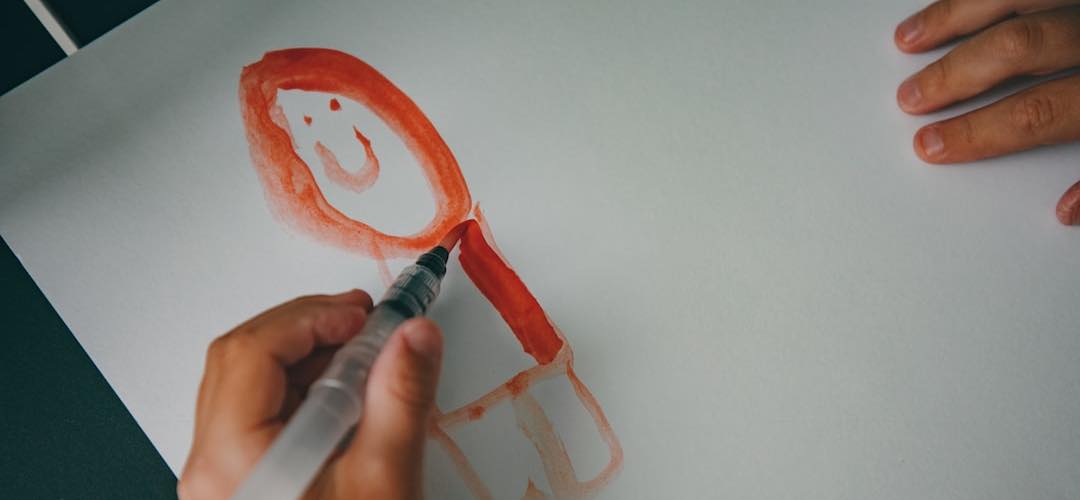A Parent’s Guide: Using ABA Strategy in the House
Applied Behavior Analysis (ABA) therapy has emerged as one of the most effective strategies to support the growth and development of autistic children. However, the therapy’s success for treating Autism Spectrum Disorder (ASD) often hinges on its consistent application, extending beyond the therapist’s office into the home environment. This is where parent training and skill building come into play.
Our guide is designed to empower you with practical advice and techniques to implement ABA therapy at home. Whether you are learning about ABA for the first time or already familiar with it, you will find useful information to support your child’s learning and development.
Understanding ABA Therapy Benefits
Understanding the benefits of ABA therapy is the first step towards implementing its techniques at home. It’s a journey of learning, adaptation, and growth, both for the child and the parents. Through behavior modification, ABA techniques reduce challenging behaviors, improve communication skills, help develop social skills, and increase independence.
ABA encourages parental involvement, equipping families with the tools and techniques to support their child’s development at home.
ABA therapy’s effectiveness lies in its customization. Each program is tailored to the individual’s skills, needs, interests, preferences, and family situation.
Read more: The Benefits of ABA Therapy for Autism
The Role of Parent Training in ABA
Parent training is a crucial component of ABA therapy. It empowers parents to effectively support their child’s development and learning.
Through training, parents learn to understand their child’s behavior, identify triggers, and implement strategies to encourage positive behavior. They also learn to create a conducive learning environment at home.
With the right training, parents can become effective therapists for their children. They can integrate ABA techniques into daily routines, making learning a natural part of the child’s day.
Creating a Conducive Learning Environment at Home
Creating a conducive learning environment at home is key to successful ABA therapy. This involves structuring the home in a way that promotes learning and minimizes distractions.
It’s important to have a designated space for ABA activities. This space should be free from distractions and equipped with necessary learning materials.
Remember, the goal is to make the home a place where the child feels safe and comfortable to learn and grow.
Core ABA Techniques for Skill Building
ABA therapy is centered around skill building. The aim is to increase functional and social skills that will help the child navigate daily life.
The techniques used in ABA are diverse. They range from positive reinforcement to task analysis and prompting and fading. Each technique is designed to meet the unique needs of the child. The goal is to foster independence and improve quality of life.
Positive Reinforcement
Positive reinforcement is a cornerstone of ABA therapy. It involves rewarding the child when they display desired behaviors.
The reward can be anything the child finds motivating. This could be praise, a favorite toy, or a special activity. The goal is to increase the likelihood of the desired behavior occurring again. Over time, this can lead to significant behavior change.
Task Analysis
Task analysis is another key ABA technique. It involves breaking down complex tasks into smaller, manageable steps.
Each step is taught individually so once the child masters one step, they move on to the next. This method makes learning new skills less overwhelming. It also allows for more precise tracking of progress.
Prompting and Fading
Prompting and fading are techniques used to guide the child towards independence. A prompt is a cue or hint that helps the child perform a task.
Over time, prompts are gradually reduced or “faded”. The goal is for the child to eventually perform the task independently. This technique fosters self-reliance and confidence. It’s a powerful tool in teaching new skills and behaviors.
Incorporating ABA Techniques into Daily Routines
Using ABA therapy strategies at home doesn’t have to be a distinct or separate part of your day. It can be woven into your child’s daily routines.
This approach makes learning more natural. It also helps the child generalize skills to different settings.
From meal times to play times, every moment can be a learning opportunity. The key is to be consistent and patient.
Using Natural Environment Teaching (NET)
Natural Environment Teaching (NET) is a strategy that utilizes the child’s interests and activities for learning. It’s a form of incidental teaching.
In NET, the child’s natural environment becomes the classroom (the house, the park, the supermarket, a baseball game, etc.).
The goal is to make learning enjoyable and relevant. It’s about teaching skills in the context where they will be used.
Visual Supports and Communication Aids
Visual supports can enhance communication and understanding. They can be particularly helpful for children with limited verbal skills.
These supports can take many forms. They could be pictures, symbols, or even physical objects.
Communication aids like the Picture Exchange Communication System (PECS) can also be used. These tools empower the child to express their needs and wants.
Setting Goals and Tracking Progress
Setting clear, measurable goals is crucial in ABA therapy. These goals should be tailored to your child’s unique needs and abilities.
Once goals are set, progress needs to be tracked. This can be done through data collection. It helps you understand if the techniques are working.
Progress may be slow but don’t be discouraged. It is important to celebrate small successes. Even the smallest gains are stepping stones towards larger achievements.
Addressing Challenging Behaviors with ABA Strategies
Challenging behaviors can be addressed effectively with ABA strategies. Understanding the function of the behavior is the first step. This helps tailor interventions effectively.
Strategies like positive reinforcement can be used. This encourages desired behaviors by rewarding them.
It may take time for new behaviors to replace old ones. Patience and consistency are key.
Collaborating with ABA Professionals for Home Therapy
Working with ABA professionals can guide parents in technique implementation. They can provide individualized support and advice.
Remember, each child’s needs and responses are unique. Professionals can help tailor strategies to your child’s specific needs.
Regular collaboration with therapists can ensure consistency. It can also help track progress and make necessary adjustments.
Use Our FREE Resource Guide
We have compiled free resources from across the field. Our list of free ABA therapy resources and teaching aids offers video activities, training, and PDFs you can download and print including visual aids, schedules, progress trackers, flashcards, and more. These materials are designed to help you get started and support your child’s ongoing progress at home.

Conclusion
By implementing ABA therapy techniques at home, you can turn daily routines into opportunities for skill development. It is your patience, consistency, and willingness to learn and adapt that are crucial to positive behavior reinforcement.
Every small success is a move forward. Celebrate these moments and continue to adapt as your child grows and develops. Please reach out and let us know how we help you navigate the challenges at 866-614-2011 or info@brighterstridesaba.com.

 We've just released an article! Check out our blog!
We've just released an article! Check out our blog! 


